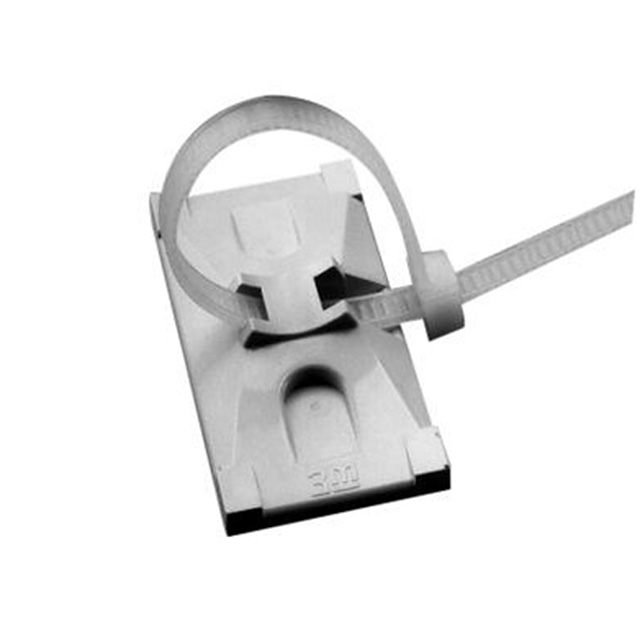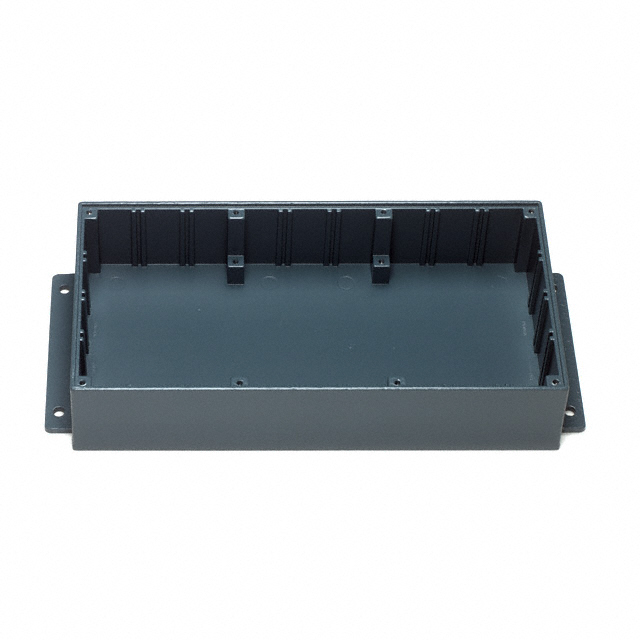
Adafruit
Adafruit Industries is a renowned open-source hardware company that provides innovative electronics and educational resources to empower makers, inventors, and engineers. Founded in 2005 by Limor Fried, Adafruit has become a prominent figure in the maker community, offering a wide range of products including development boards, sensors, components, and tools. Emphasizing open-source values, Adafruit promotes collaboration and knowledge-sharing through its extensive collection of tutorials, guides, and project ideas. The company's commitment to education is evident through its Circuit Playground platform, which aims to teach electronics in a fun and accessible manner. Adafruit's dedication to diversity and inclusion is reflected in its efforts to support and promote women in STEM fields. With a focus on quality, creativity, and community, Adafruit continues to inspire and enable individuals to explore and create within the realms of electronics and technology.




